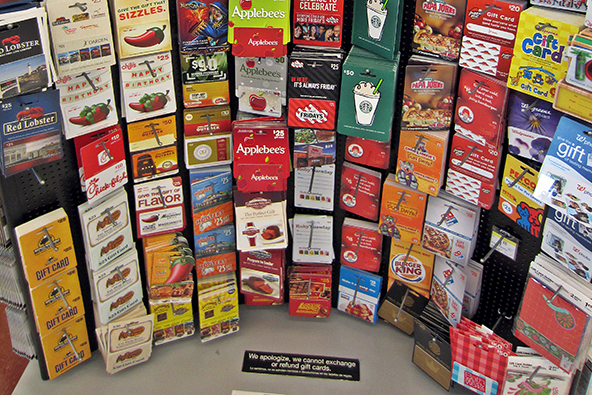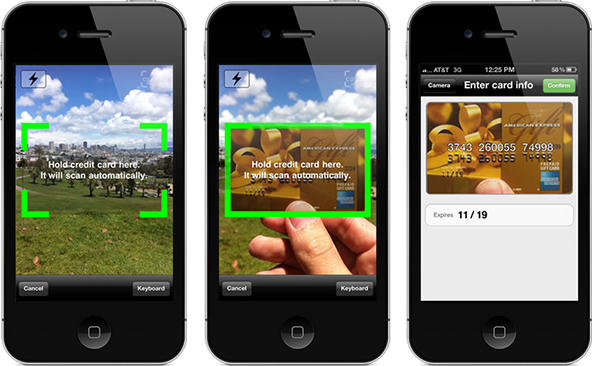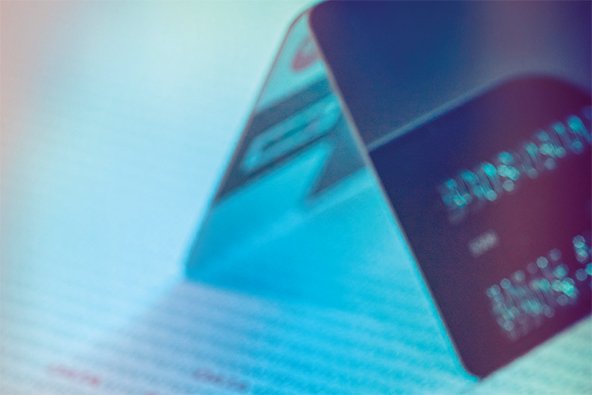A Brief History of Prepaid Cards

More prepaid cards, mostly in the form of gift cards, will be purchased this holiday shopping season in the U.S. than in any previous year. Prepaid is so widespread nowadays that you may be forgiven for thinking that it’s always been around, or at least ever since modern credit cards made their appearance in the 1950s (early versions of credit cards were used as far back as in the 1920s, but the first widely accepted card featuring a revolving line of credit was issued in1958 by Bank of America).
Well, as it happens, the history of prepaid cards is somewhat shorter than that, but its evolutionary pace has been accelerated, compared to credit. Let’s briefly go over the most important stages in the development of prepaid cards into a distinct form of payment in the U.S.
Timeline: Key Moments in the Adoption of Prepaid in the U.S.
Gift cards made their first appearance in the 1970s, although they did not emerge as a widespread form of payment until recently. Then in the 1980s, single-purpose (also known as closed-loop) cards, whose acceptance is limited to specific merchant locations, were adopted by the U.S. telecom industry. The telecoms were then followed by the big retail chains in the early 1990s and closed-loop cards quickly became the plastic version of paper gift certificates.
The other major type of prepaid — open-loop — owes its adoption in the U.S. to the 1996 federal welfare reform, which mandated that food stamp coupons should be replaced with electronic benefits transfer (EBT) cards. Of course, EBT cards needed to be accepted at multiple merchants and that gave rise to the open-loop (also known as multi-purpose) cards.
Then in the late 1990s payroll cards emerged as a convenient way for employers to pay their “unbanked” workers (defined as employees without a bank account). Finally, in 1999 open-loop prepaid gift cards, which at this time had been available in Europe for quite a few years, made their appearance in the U.S. Today, all major card associations (Visa and MasterCard) and companies (American Express and Discover) offer multi-purpose prepaid cards that can be used at any merchant that accepts payment cards bearing the brands’ logos.
Prepaid cards are now also used in flexible spending accounts (FSA), which can typically be set up through an employer as a way to deduct money from an employee’s paycheck to be used to pay for qualified expenses (e.g. medical expenses). The big advantage here is that money placed into FSA accounts are not subject to payroll taxes. The big disadvantage is that FSA money not used by the end of the yearly plan is lost to the account holder.
Prepaid Basics
All types of prepaid cards begin their lives when an amount of money is “loaded” into an account with the card’s issuer. Then when the card is used for payment, the sale’s amount is deducted from the available balance. Many prepaid cards (but generally not gift cards) can be reloaded to increase their value. Based on whether the cards can be used at multiple merchants or not, there are two types of prepaid:
- Single-purpose (closed-loop) cards can only be used at a single merchant (who can have one or multiple locations) or for a specific purpose. These include store-branded cards, prepaid telephone cards and employer benefits cards.
- Multi-purpose (open-loop) cards can be used anywhere the card brand whose logo they bear is accepted. These include payroll and EBT cards, as well as gift cards branded with the logo of a payment network (as opposed to store-branded ones).
In 2009, Americans completed six billion prepaid card transactions for a total of $140 billion, according to the latest available Federal Reserve data. Using 2006 as a base year, these numbers represent a compound annual growth rate of 21.5 percent in the number of transactions and 22.9 percent in their value, making prepaid the fastest-growing non-cash payment type in the U.S.
The Takeaway
Prepaid cards are much more lightly regulated than credit and debit cards and you should carefully review the terms and conditions, as well as all applicable fees, before making a purchase. We have compiled a checklist for buying gift cards, which for the most part you can refer to for guidance when purchasing all other types of prepaid products.
Image credit: Flickr / 401(K) 2013.


